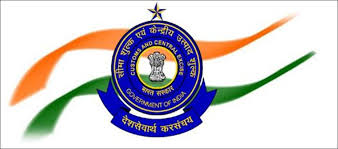 The credit to micro, small and medium enterprises (MSMEs) is expected to grow at 12-14 per cent over the next five years, helped by higher lending by non banking finance companies (NBFC) to the segment, says a report.
The credit to micro, small and medium enterprises (MSMEs) is expected to grow at 12-14 per cent over the next five years, helped by higher lending by non banking finance companies (NBFC) to the segment, says a report.
As on March 2017, credit to MSMEs stood at Rs 16 trillion.
NBFC and housing finance companies are expected to expand at about 20-21 per cent compounded annual growth rate (CAGR) in this space during the period, while bank credit to this segment, which accounted for about 84 per cent of total MSME credit, is estimated to grow at a lower CAGR of 9-11 per cent, according to a report by Icra.
“Non-banks share in the MSME credit pie should expand to 22-23 per cent by March 2022 compared to 16 per cent in March 2017. Non-banks, with their niche positioning, differentiated product offering, good market knowledge and large unmet demand, would be able grow at a healthy rate vis-a-vis banks,” the rating agency’s assistant vice president and sector head, A M Karthik said.
He added there is large unmet credit demand in the MSME segment, which was estimate to be about Rs 25 trillion in FY2017.
“Notwithstanding the estimated growth, the unmet credit demand quantum is likely to increase further, going forward,” he said.
With large corporate credit expected to remain sluggish, at least over the next one-two years, the bank credit to the MSME segment is expected to be around 9-11 per cent with public sector banks growing at 7-9 per cent and private banks at 16-18 per cent, the report said.
Banking NPAs in the MSMEs segment stood high at about 8.4 per cent in March 2017 while that of non-banks stood at about 3 per cent as on that date.
The report said notwithstanding the moderate seasoning of the portfolio, non-banks have a more flexible and customised credit assessment for this segment and have steadily been moving to lower ticket loans, in view of the asset quality pressure in the large ticket loans and better yields in the smaller ticket loan categories.
“While non-bank asset quality is expected to worsen from current levels, the extent of deterioration may be lower than that witnessed in banks,” the report said.
Source: Times of India





